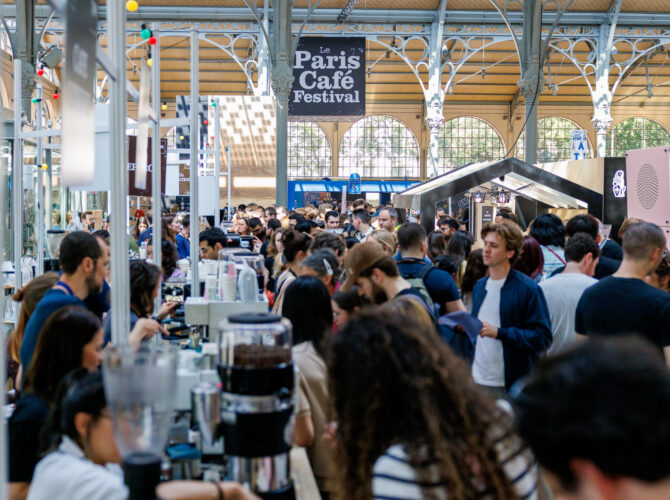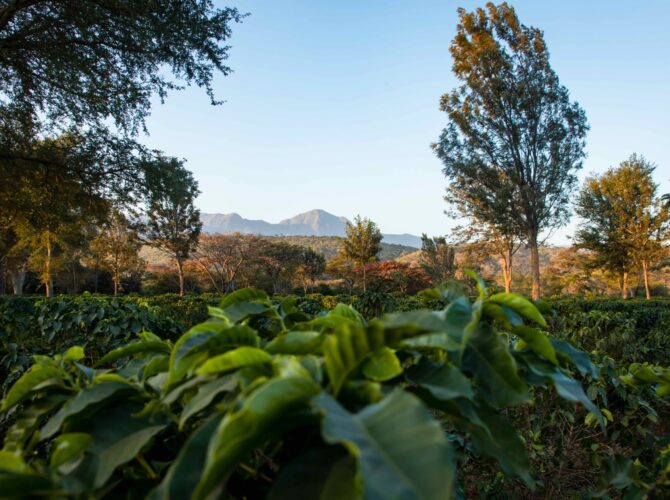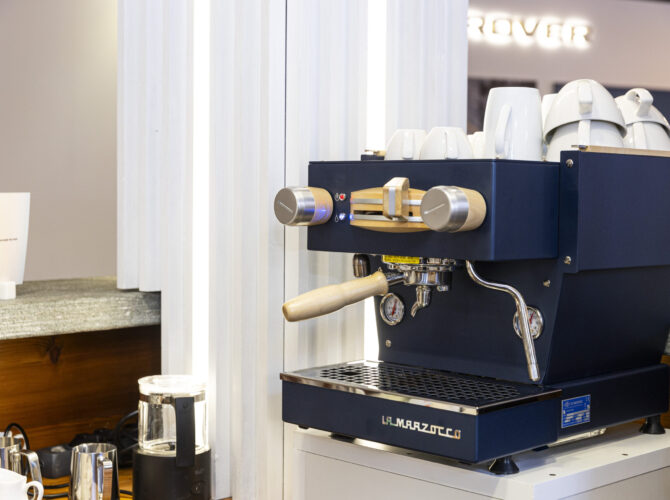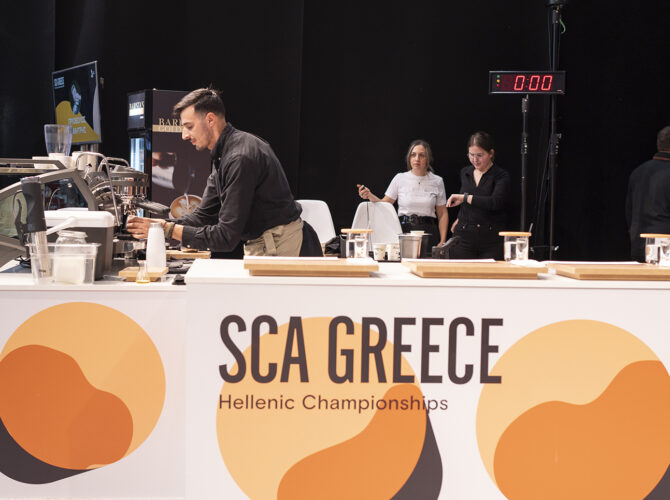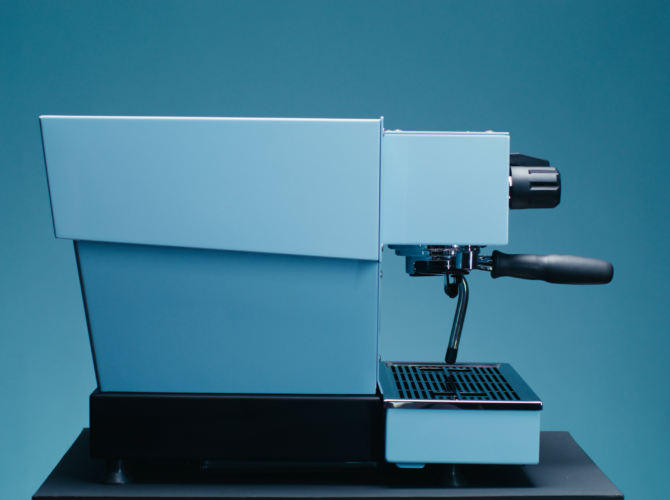
Often there is much more to a restaurant than what meets the eye. There are the personalities behind it and stories of great culinary passions waiting to be told. That is precisely why we are pleased to bring you the story of Cristian, the owner of Antica Porta di Levante restaurant. Sustainable cuisine is his work and his passion, and he acts as its ambassador while seeking only that which is the best of the best, from any standpoint. Starting with the coffee.
WHY DID YOU DECIDE TO OPEN A RESTAURANT OF YOUR OWN?
I grew up in kitchens. After attending hotel management and catering school, I worked in many different restaurants. In the early 2000s, my business partner, Simone, and I decided that we wanted to bring the benefit of our experience to this area of Italy. At the time, that was not an obvious decision to make, given that the cuisine on offer in the Mugello region was limited to a few local dishes – well-prepared, but always the same ones. That completely satisfied demand as it stood at the time.
Our idea was to share what we had learned – me in the kitchen and Simone in the front of the house – during the course of the experiences we had had abroad, some of which were quite prestigious, and show people that it was possible to put a modern twist on traditions while still maintaining quality.
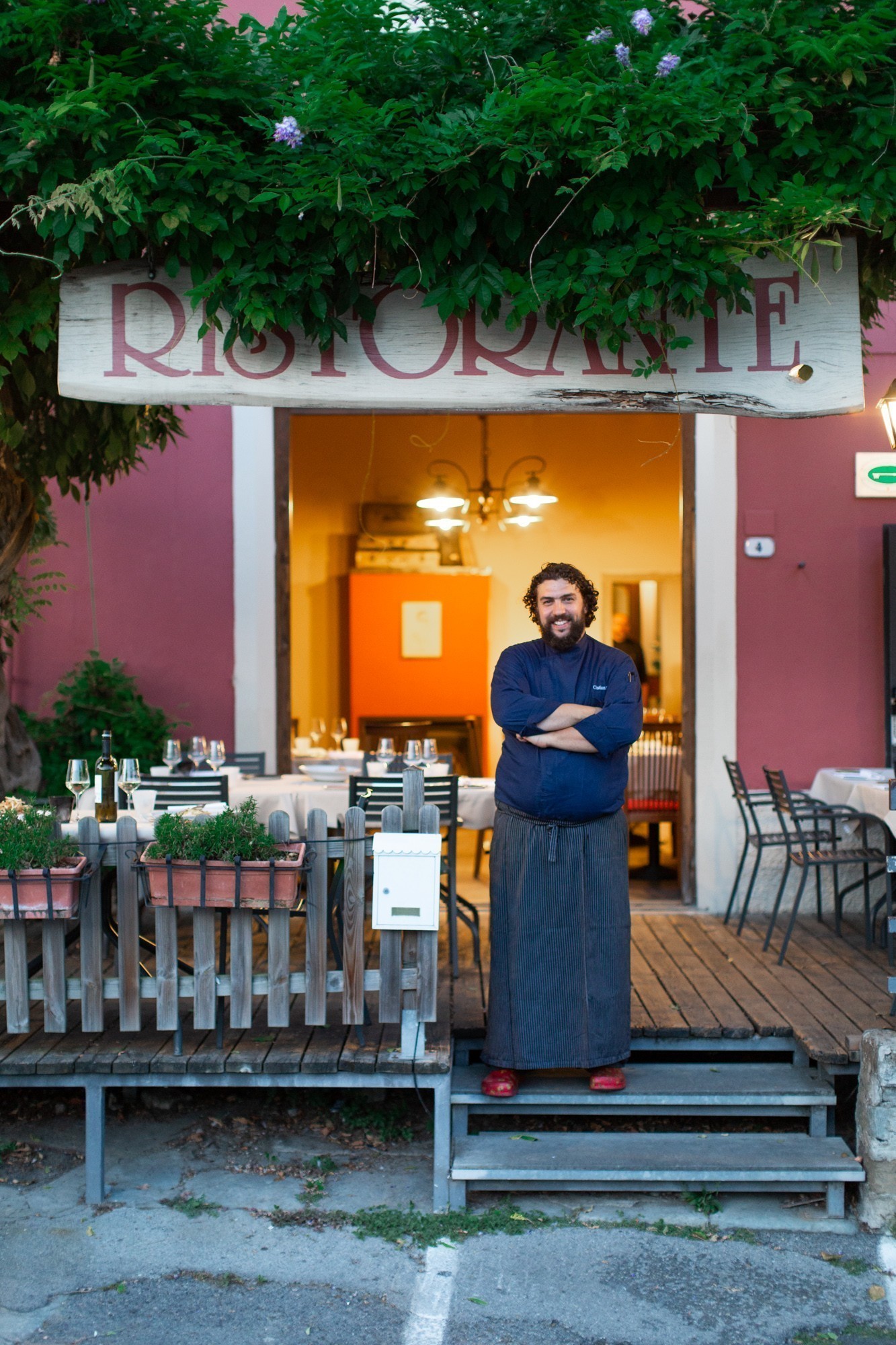
HOW DO YOU CHOOSE YOUR BASIC INGREDIENTS?
When we first opened, just like pretty much all young people, I was very attracted by anything from abroad. The enormous potential of all of the products that could be found locally was not really clear to me.
Over the years, however, the restaurant industry has grown alongside small-scale local producers. There has been an ongoing dialogue with the area’s food and wine sector as a whole and, as the products have developed and improved, so has the range of dishes available.
I’ve always liked the idea of fusion, of research and experimentation, so long as the basic ingredients are always of the highest quality.

WHICH OF THE BASIC INGREDIENTS THAT YOU COMMONLY USE ARE YOU THE MOST FOND OF?
Definitely potatoes. As the main ingredient in tortelli, they are emblematic of the cuisine of the Mugello area. We start talking to our grower in March, to find out what variety of potatoes to plant and how many. The one I use most is a White Kennebec, which grows extremely well in the mountains around Firenzuola. Our grower only works with high-end restaurants. His products are not inexpensive and they require careful preparation, using the right knives and the right cutting technique, but they are decidedly superior to other, cheaper ones on offer.
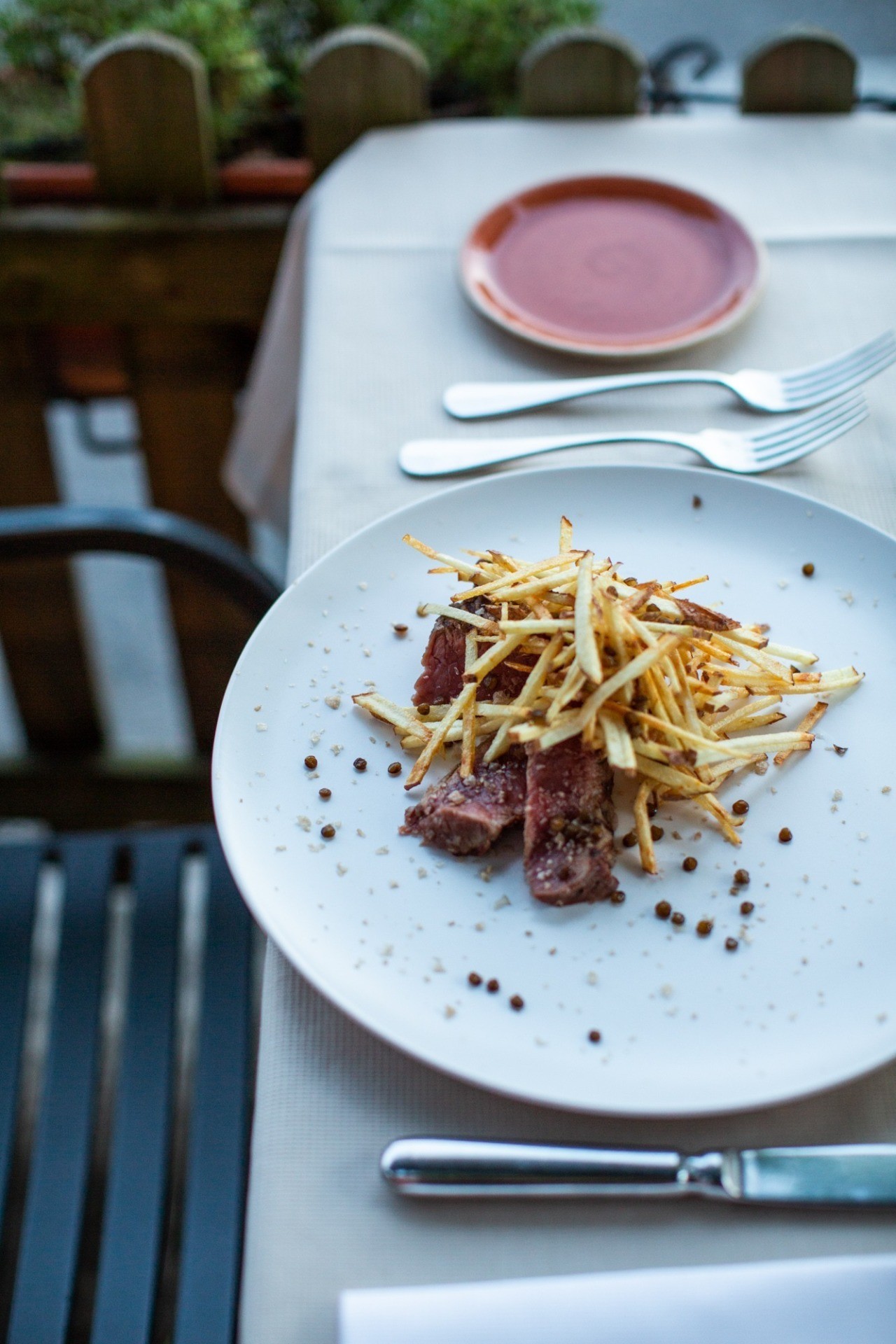
WHAT IS YOUR RELATIONSHIP WITH THE COFFEE MACHINE?
It’s a very close relationship. It’s the first thing I touch in the morning when we arrive at the restaurant and in the afternoon, when we meet up with the rest of the team: we put on our jackets and start planning out the day over an espresso. Plus, having had some good coffee definitely helps us to work better. As far as the front of the house is concerned, we’re happy to be able to offer our customers a high-quality product to finish off their meal in the best possible way.
It’s important to develop a coffee culture in restaurants as well as in cafés. People who enjoy a certain type of cuisine and know how to appreciate the quality of good ingredients are growing ever more knowledgeable when it comes to appreciating the quality of what is in their coffee cups.
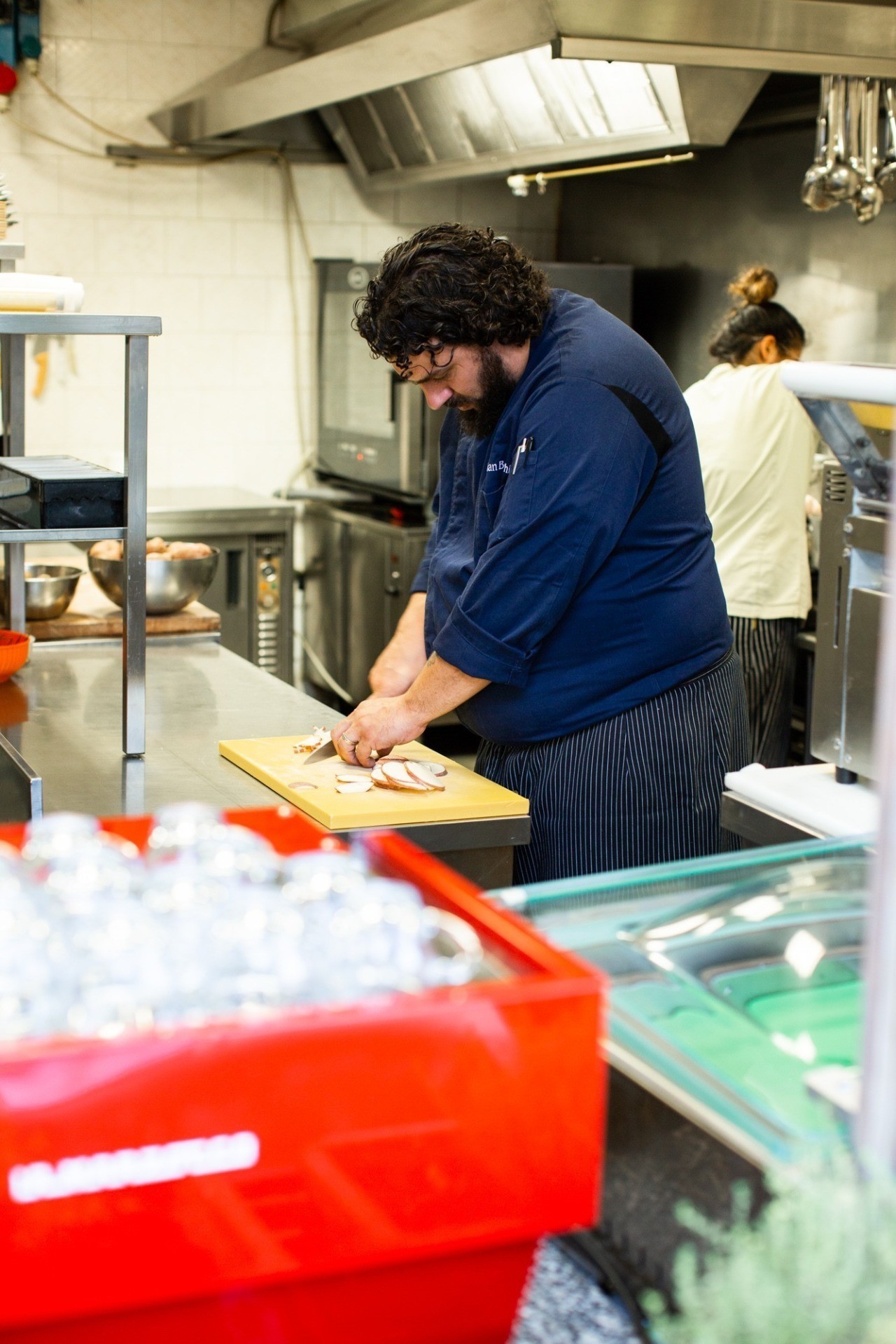
A RECIPE FROM ANTICA PORTA DI LEVANTE:
Branzino croquettes served over creamy puréed tomato sauce and Terre Alte di Pietramala potato chips. Serves 2

Ingredients
- 150 g branzino (sea-bass) fillet
- 100 g red potatoes with white flesh
- 1 bunch fresh oregano
- 2 eggs
- 40 g flour
- Breadcrumbs made from Tuscan bread, quantity as required
- Extra-virgin olive oil, quantity as required
- 100 g Corbarino tomatoes
- 1 clove garlic
- Sweet paprika, to taste
- Smoked Cervia salt, to taste
To make the croquettes, boil the potatoes in their peels. Once they are cooked through, peel and mash them.
Pound the branzino fillet.
Prepare the croquette paste by mixing the fish into the potatoes along with the fresh oregano, one egg yolk, salt and
pepper. Mould the croquettes. The next step is to bread them.
(The three ingredients needed for breading are, in order: the flour, one beaten egg and the breadcrumbs).
TO MAKE THE SAUCE,
put an unpeeled clove of garlic into a saucepan with a little extra-virgin olive oil. Turn on the heat under the saucepan and,
as soon as the oil is hot and has taken on the flavour of the garlic, remove the garlic clove and add the Corbarino tomatoes,
previously sliced in half. Allow them to cook thoroughly.
Purée the finished sauce until it is smooth, adding water if necessary and salt and pepper to taste.
Now fry the crochettes and the potato chips.
Once both are cooked through, season the crochettes with the smoked Cervia salt and the chips with
smoked salt and sweet paprika.
We now have the three main elements needed to plate the dish, which we will then season with salt,
fresh oregano and extra-virgin olive oil.
Credit: Michael Gardenia – Fusillo Lab
